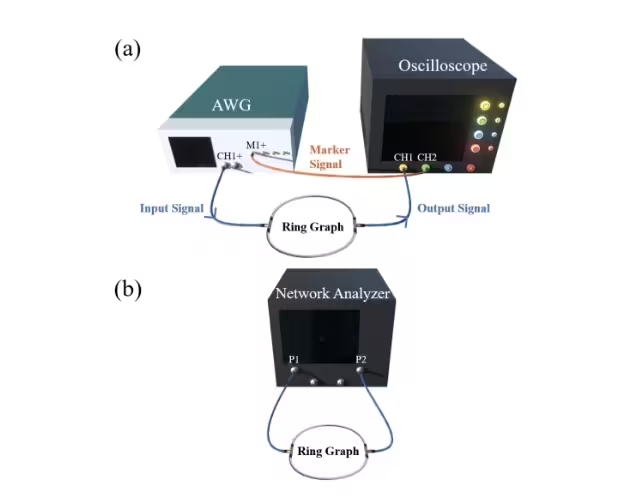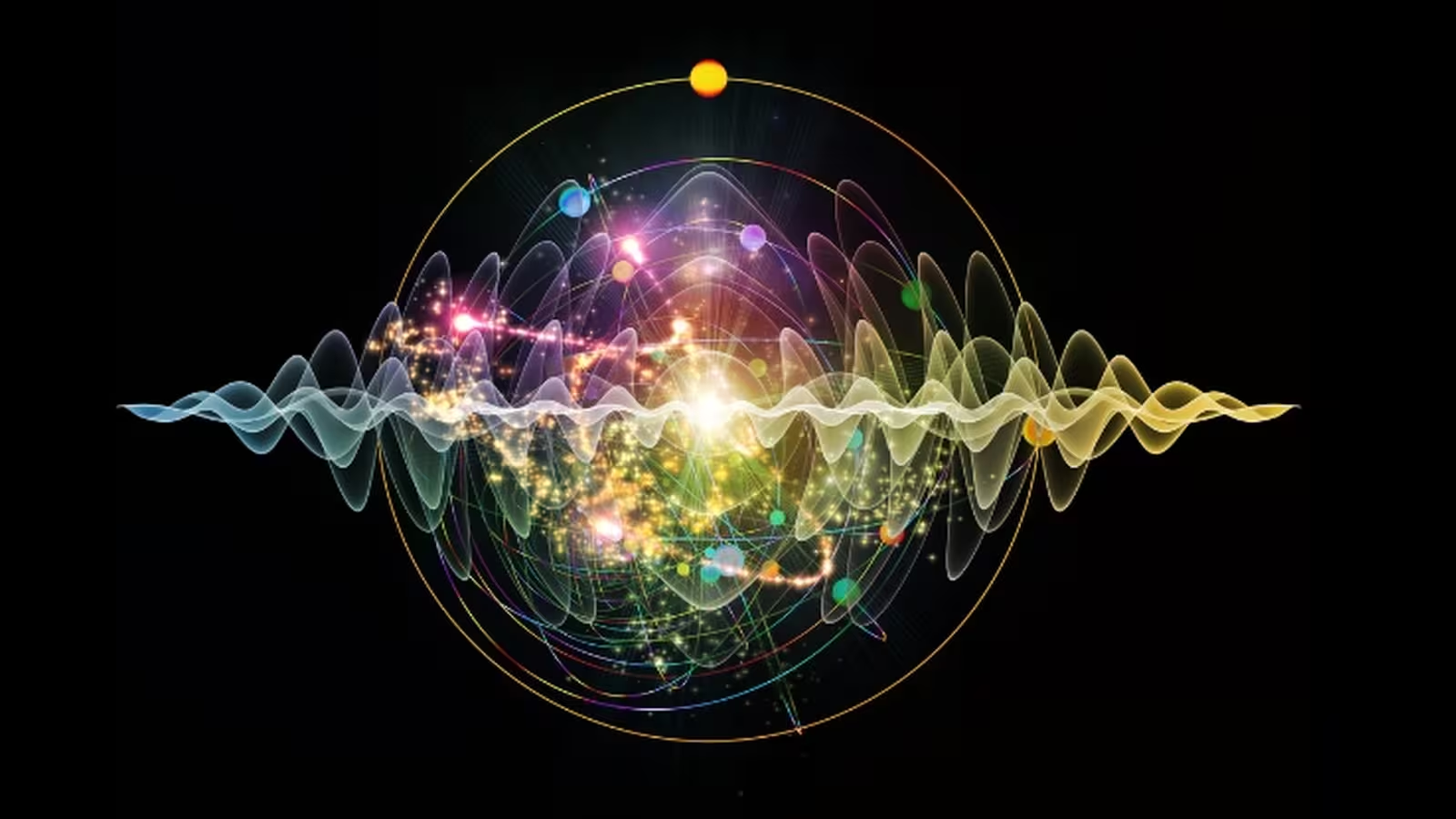4 Minutes
Revealing a Hidden Dimension in Light’s Journey
In a groundbreaking development in quantum physics, a team of researchers from the University of Maryland has achieved a scientific milestone: they have directly observed how light behaves under the enigmatic phenomenon known as "imaginary time." This concept, while rooted in the abstract mathematics of physics, has now been given tangible significance through precise laboratory experimentation.
Understanding Imaginary Time and Its Role in Physics
To appreciate this achievement, it is helpful to contextualize the challenging path photons take through any transparent material. Normally, as light passes through substances such as glass or water, its journey is delayed by the electromagnetic fields and atomic structure it encounters—a phenomenon that informs much of what physicists understand about light scattering and material properties. Traditionally, physicists have described some aspects of these interactions using imaginary numbers, mathematical constructs that represent the square root of negative one. These numbers are vital for solving equations governing waves and quantum mechanics, but for the most part, their significance has been confined to theoretical models.
In real-world physics, the idea of imaginary time helps explain certain time delays experienced by light waves as they navigate complex environments. Although these delays have been calculated using imaginary numbers for decades, until now there had been no experimental method to isolate and examine the underlying physical processes directly associated with imaginary time.

Breakthrough Experiment: Observing Microwave Pulses in Imaginary Time
Physicists Isabella Giovannelli and Steven Anlage designed an innovative experiment to demystify this elusive phenomenon. Their setup involved a pair of coaxial cables arranged in a closed circle—a highly controlled environment for sending pulses of microwave radiation, a form of electromagnetic wave with a wavelength longer than visible light. With state-of-the-art oscilloscopes detecting even minuscule frequency shifts, the team was able to precisely monitor the behavior of these pulses as they traversed the system.
By finely adjusting the properties of the pulses and carefully analyzing their passage, the researchers uncovered how the pulse waveform evolved according to both real and imaginary components predicted by the governing equations. Notably, they demonstrated that imaginary numbers describe not a mathematical abstraction but a measurable effect—a frequency shift in the carrier wave induced by the material’s absorption characteristics.
Key Insights: Bridging Mathematics and Physical Reality
The findings go beyond theoretical curiosity. As Anlage remarked in an interview with New Scientist, the results reveal “a hidden degree of freedom” in the behavior of electromagnetic waves, giving imaginary time concrete meaning and observable consequences. This breakthrough connects the mathematical concept of imaginary time to tangible shifts in light’s frequency and speed as it moves through materials.
Crucially, the study shows that the imaginary part of the light’s travel time is responsible for phenomena like group velocity changes, where pulses can appear to move faster—or slower—than the photons comprising them. This deepens our understanding of wave propagation not only in laboratory settings but also in fiber optics, quantum information technologies, and beyond.

Implications for Future Research and Applications
This experimental advance opens new avenues for studying the dynamics of light and other electromagnetic waves in various media. By clearly linking imaginary numbers to physical processes, physicists can now develop more precise models of light-matter interaction. This has significant implications for telecommunications, quantum computing, and the fundamental study of wave dynamics.
Moreover, the techniques pioneered in this work can be adapted to explore other applications involving microwave engineering, photonic materials, and potentially even astrophysical phenomena where similar mathematical descriptions are essential.
Conclusion
By successfully observing light as it traverses the realm of imaginary time, physicists have bridged a longstanding gap between mathematical theory and observable reality. This milestone not only clarifies a complex aspect of quantum mechanics but also paves the way for advancements in optical technologies, quantum information science, and material research. As our grasp of the quantum world deepens, so too does our capacity to unlock the secrets of light and its remarkable journey through both the real and imaginary dimensions of time.
Source: journals.aps



Comments